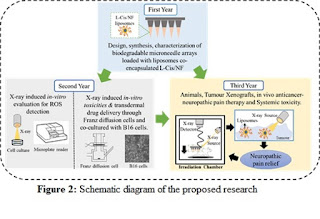Lomefloxacin
Pharmacodynamics
Lomefloxacin is a fluoroquinolone antibiotic used to treat chronic bronchitis, as well as complicated and uncomplicated urinary tract infections. It is also used as a prophylactic or preventative treatment to prevent urinary tract infections in patients undergoing transrectal or transurethral surgical procedures. Flouroquinolones such as lomefloxacin possess excellent activity against gram-negative aerobic bacteria such as E.coli and Neisseria gonorrhoea as well as gram-positive bacteria including S. pneumoniae and Staphylococcus aureus. They also posses effective activity against shigella, salmonella, campylobacter, gonococcal organisms, and multi drug resistant pseudomonas and enterobacter.
Mechanism of action
Lomefloxacin is a bactericidal fluoroquinolone agent with activity against a wide range of gram-negative and gram-positive organisms. The bactericidal action of lomefloxacin results from interference with the activity of the bacterial enzymes DNA gyrase and topoisomerase IV, which are needed for the transcription and replication of bacterial DNA. DNA gyrase appears to be the primary quinolone target for gram-negative bacteria. Topoisomerase IV appears to be the preferential target in gram-positive organisms. Interference with these two topoisomerases results in strand breakage of the bacterial chromosome, supercoiling, and resealing. As a result DNA replication and transcription is inhibited.
Absorption
Rapid and nearly complete with approximately 95% to 98% of a single oral dose being absorbed.
Protein binding
10%
Metabolism
Minimally metabolized although 5 metabolites have been identified in human urine. 65% appears as the parent drug in urine and 9% as the glucuronide metabolite.
Route of elimination
The urinary excretion of lomefloxacin was virtually complete within 72 hours after cessation of dosing, with approximately 65% of the dose being recovered as parent drug and 9% as its glucuronide metabolite.
Half life
8 hours
Toxicity
Adverse reactions include peripheral neuropathy, nervousness, agitation, anxiety, and phototoxic events (rash, itching, burning) due to sunlight exposure.
Drug drug interaction
lomefloxacin + bupropion = seizures
lomefloxacin + bedaquiline = increase the risk of an irregular heart rhythm that may be serious and potentially life-threatening
lomefloxacin + cortisone = increase the risk of tendinitis and tendon rupture
Food interaction
vitamins and minerals
Products that contain magnesium, aluminum, calcium, iron, and/or other minerals may interfere with the absorption of lomefloxacin and reduce its effectiveness
Therapeutic uses
Lomefloxacin is a fluoroquinolone antibiotic. It works by killing sensitive bacteria by stopping the production of essential proteins that the bacteria need to survive.
Reference- Tripathi KD "Essential of medical pharmacology" 7th edition, page no- 709,714



No comments:
Post a Comment